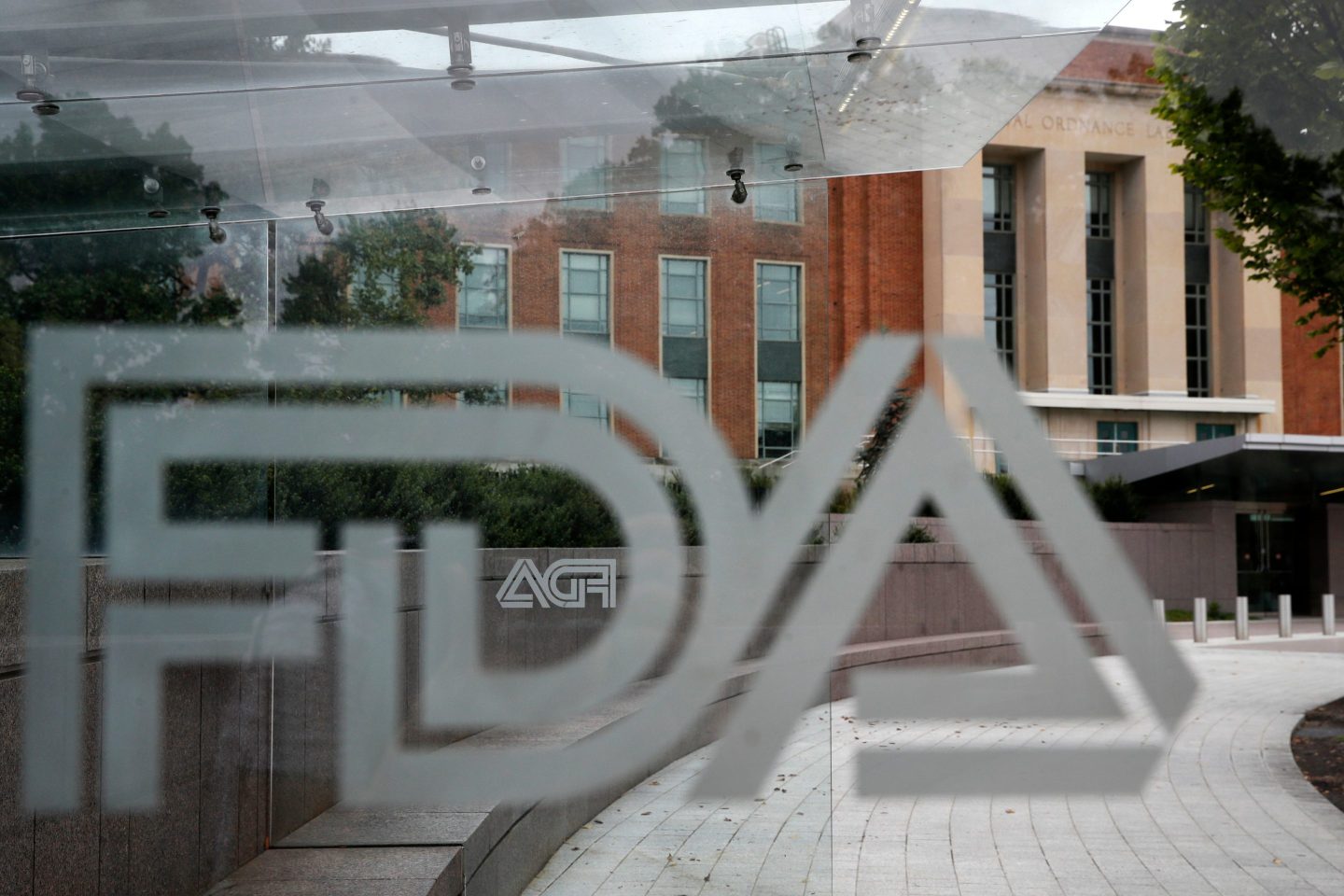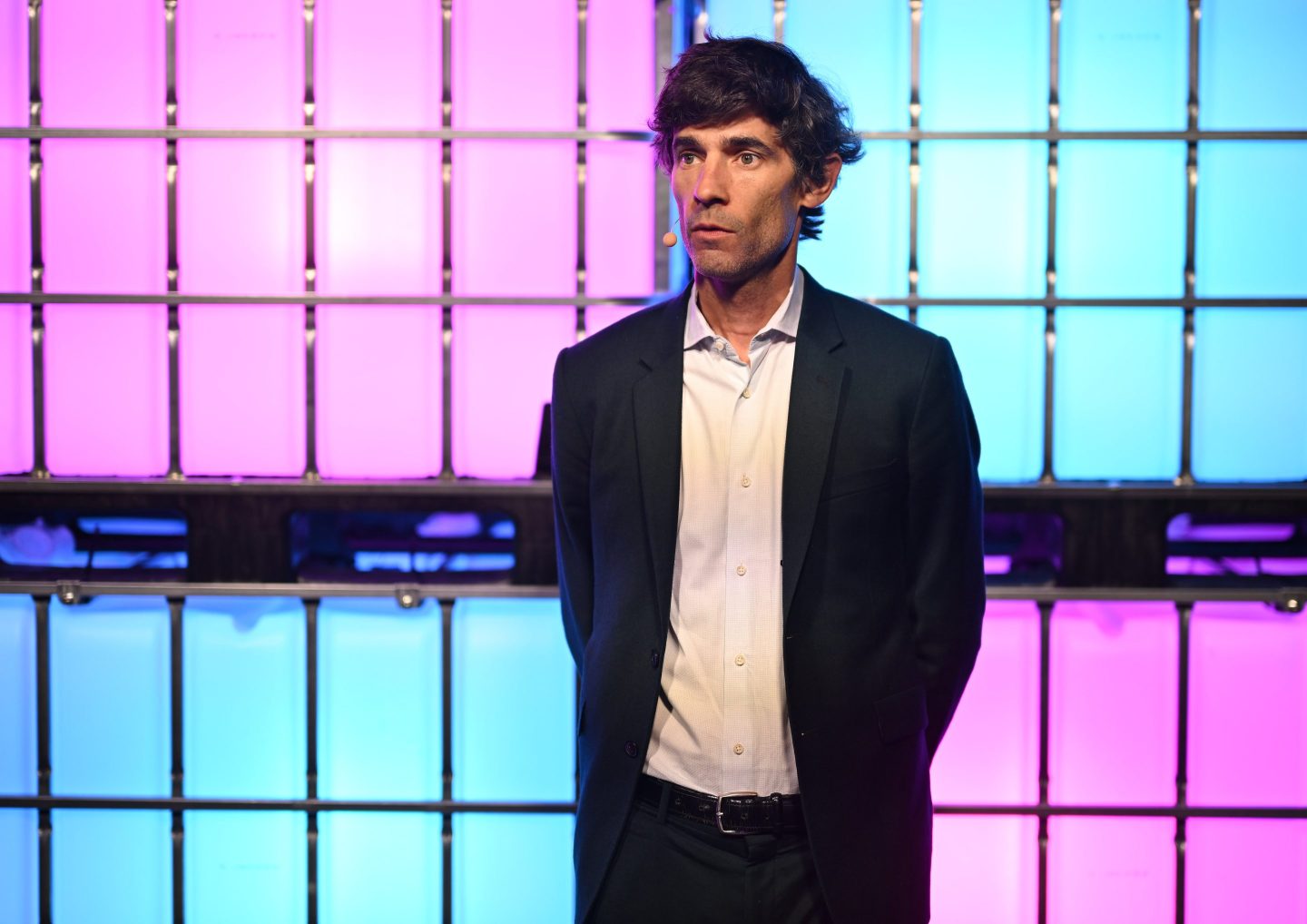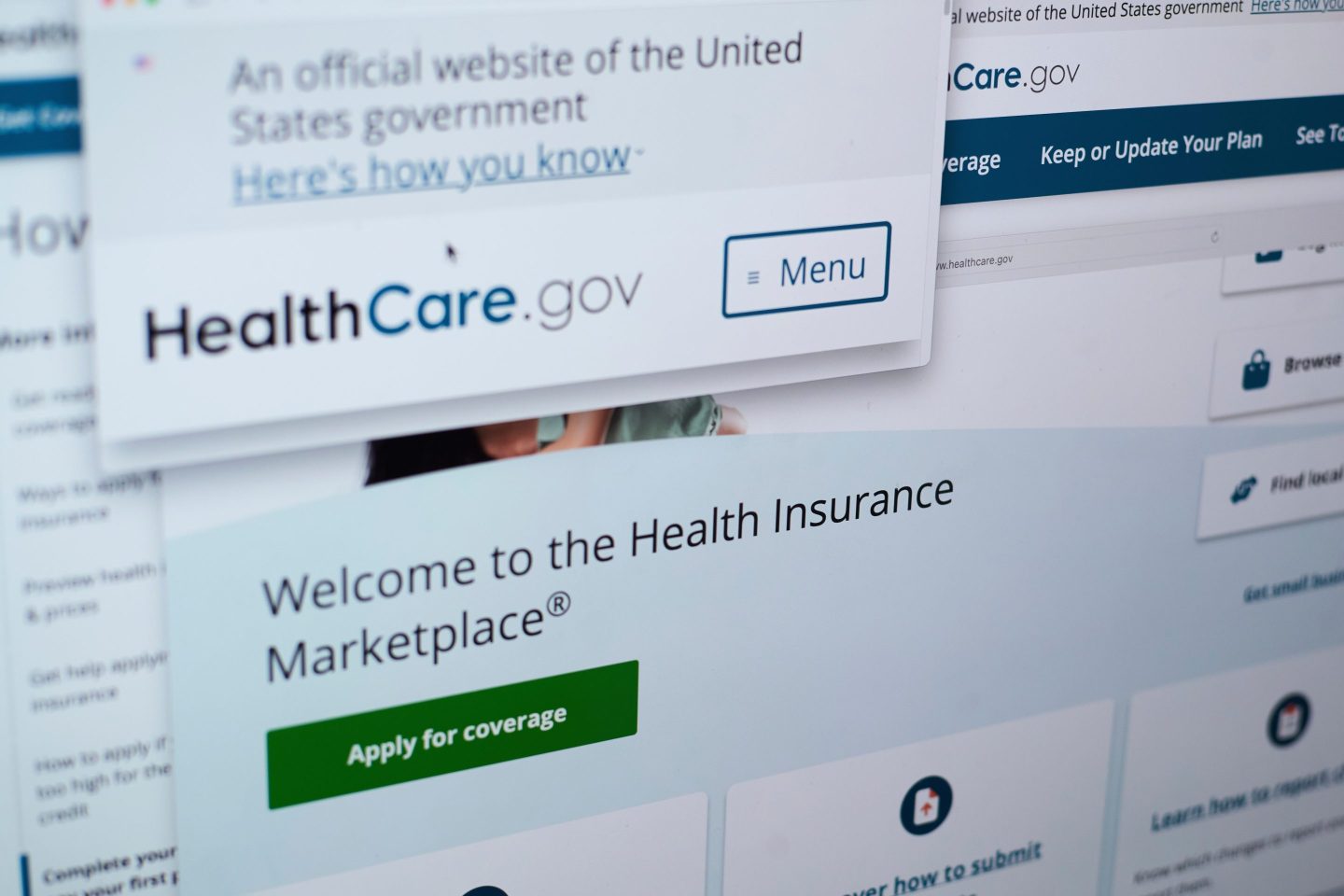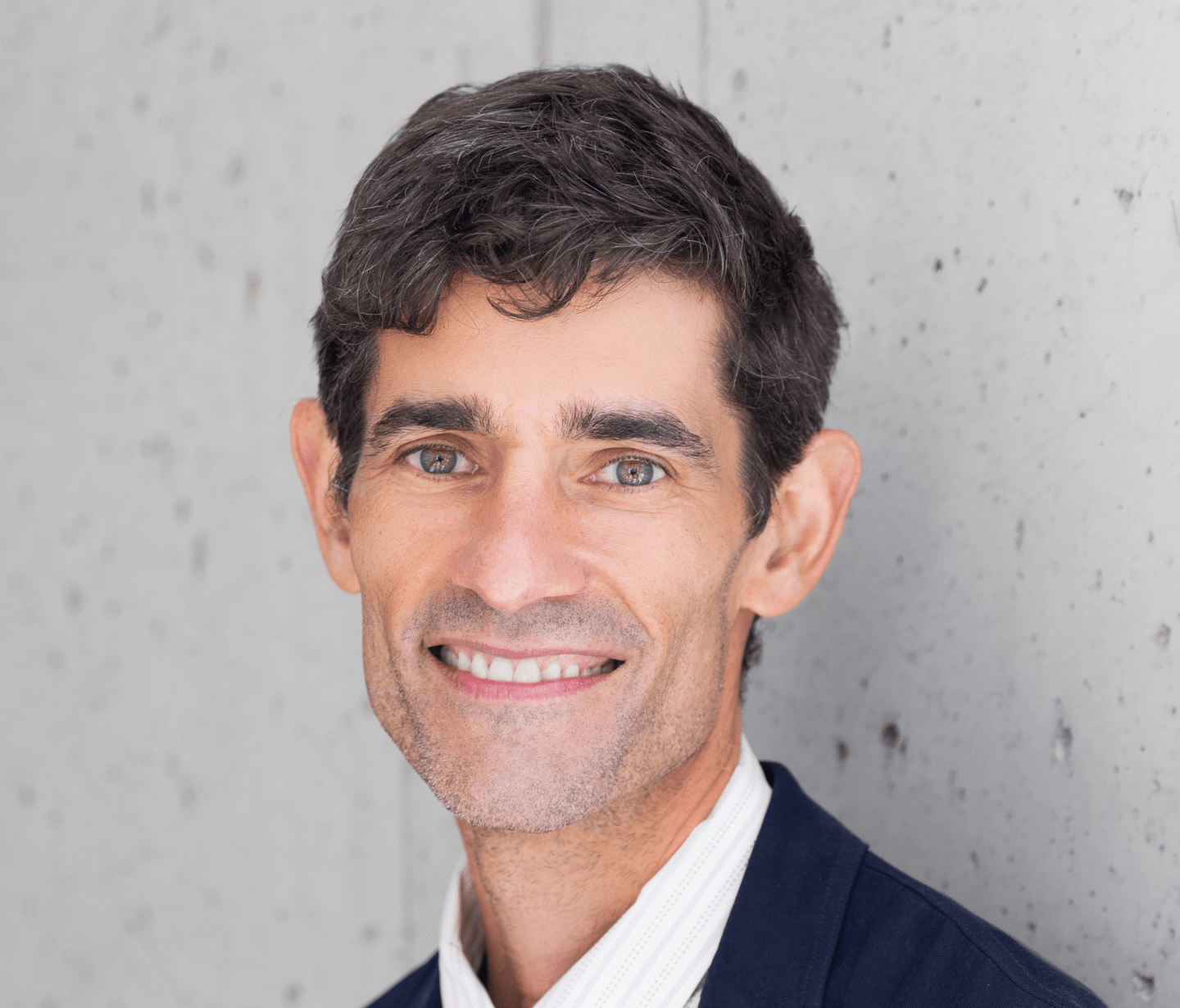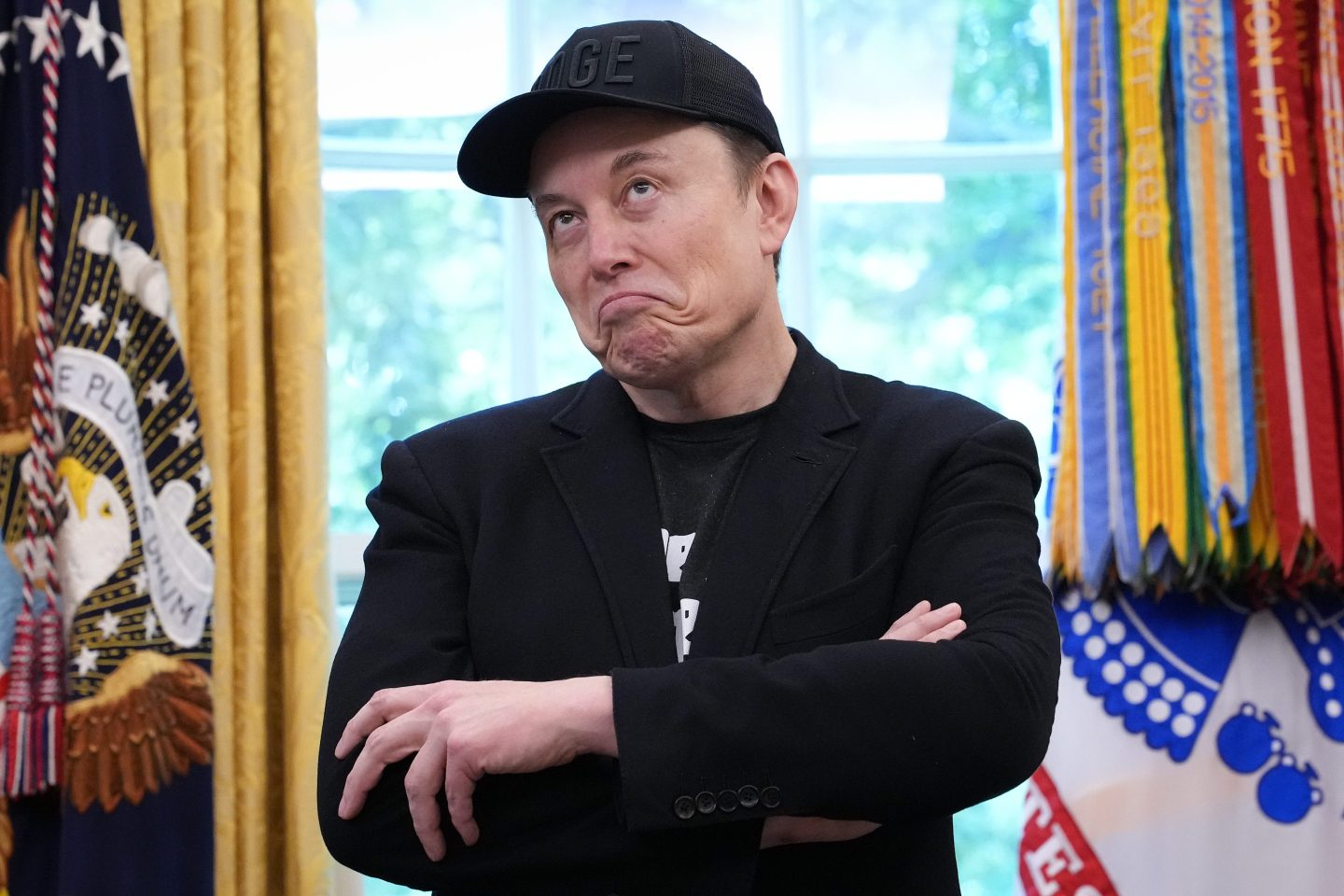We Americans seem to have an endless fascination with the undead: zombies, vampires, ghosts, Rambo, the DeLorean, the unkillable Fast and the Furious series, Tab.
Well add Google Glass to the mix. The much-hyped wearable-faux-pas bombed as a consumer offering—and, at least in the popular imagination, has joined the grand pantheon of flopdom alongside such legendary names as New Coke and the Edsel.
But don’t tell that to digital-health pioneers, who now see seemingly unlimited potential in the skull-mounted optical tool. A few startups, including Augmedix—which is backed by big-name venture funds and a slew of actual healthcare providers—have turned Google Glass into an effective time-saving platform for physician visits, allowing doctors to examine patients and simultaneously gather real-time information for their electronic medical records.
Meanwhile, other researchers are using the device to enhance vision for those with poor eyesight and even the near-blind, to understand how humans handle heavy workloads and multitasking—and, perhaps, most intriguingly, to better engage autistic individuals with the world around them. Through the Autism Glass Project, Nick Haber, Catalin Voss, and a very cool transdisciplinary group of researchers at Stanford Medicine are hoping that the once-disparaged Google X invention can help those with autism spectrum disorders improve their ability to recognize facial expressions and social cues and better interpret emotions in others. Until now, researchers have often used a very analog tool to achieve the same goals: cartoon flash cards.
Google Glass’s medical afterlife may be one of the reasons Apple is reportedly developing its own augmented reality (or perhaps virtual reality) eyewear. And why other big techcompanies—who have already waded into biomonitoring—may soon do the same.
It’s a worthy lesson for innovators: A particular product might have a lifespan, but a good idea doesn’t.
This essay appears in today’s edition of the Fortune Brainstorm Health Daily. Get it delivered straight to your inbox.
